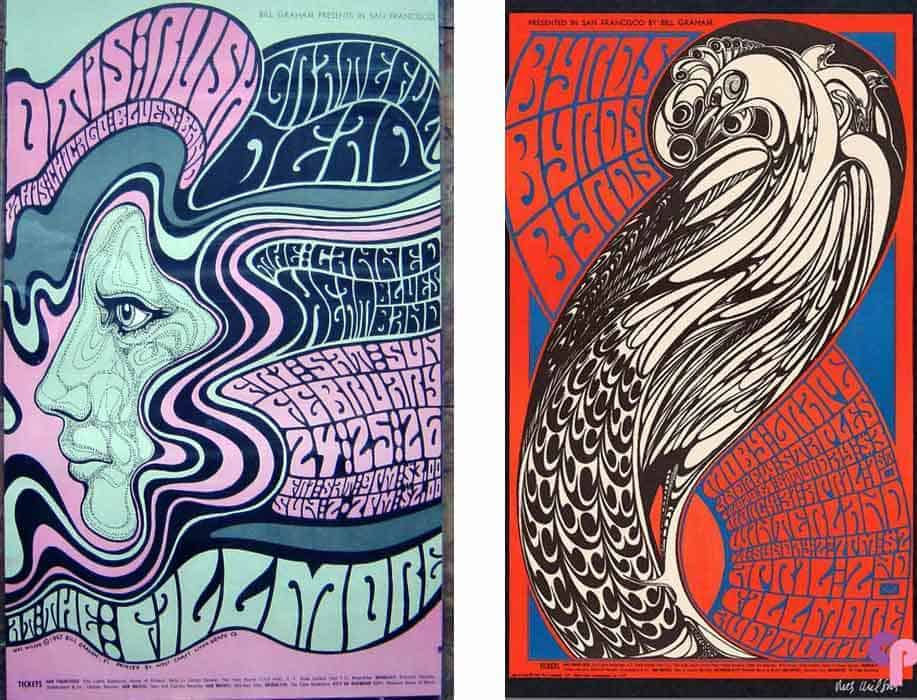The History of Psychedelics In The West vs. Indigenous Cultures
- AH
- Apr 9, 2021
- 3 min read
Updated: Apr 11, 2021
Gems of my literature review

Timothy Leary
In the resurfacing of psychedelic research in treating psychiatric conditions, much credit has been given to the West instead of indigenous healing practices, ethnic and racial minorities, women, and other disenfranchised groups. In 1938, Swiss chemist, Albert Hofmann, accidentally synthesized LSD. Since then, many have falsely assumed that psychedelic history originated in the West. A paper written by researchers George, Michaels, Sevelius, and Williams (2019) examined the two waves of psychedelic science in the West. First, from 1950-1985, there was a great period of scientific advancement in psychedelic research, yet the hundreds of psychedelic-assisted therapy studies had major methodological flaws, resulting in media-backlash. News reports focused on the unethical practices of psychedelic studies, such as administering high doses of LSD to restrained patients. Additionally, around that time, recreational use of psychedelics were increasing due to it’s popularization from people such as Timothy Leary. As a Harvard psychologist, Leary encouraged people to “turn on, tune in, and drop out”, resulting in a psychedelic counterculture. This led to a change in public perception of LSD, and policy changes followed shortly after when these drugs were declared Schedule 1 substances in the US under Nixon. George et al. (2019) then described the second wave of psychedelic science in the West, starting from 2000-present. In this second wave, groundbreaking studies addressed the concerns that plagued that first wave of research through establishing more rigorous and ethical guidelines. In these studies, evidence demonstrated how psychedelic-assisted therapy can treat a range of psychological disorders, such as PTSD, anxiety, depression, and addiction. Although these substances have not achieved FDA approval, the paper points out how these new trials avoided the pitfalls of the first wave, increasing the likelihood of proving their therapeutic effects. Today, with the resurgence of ethical and substantive trials on the benefits of psychedelics, there are over 30 million psychedelics users alone in the US.
The streamlined history of psychedelic science in the West vastly differs from it’s history in traditional indigenous healing practices. George et al. (2019) discussed how psychoactive plants can be traced to religious rituals of Afrcan (Bwiti), South American (Amazon), North America (Aztec), and Central American (Maya & Inca) cultures from thousands of years ago. The paper also discussed how these drugs are administered in different cultures (though, they vary) most often through the guidance of spiritual leaders or shamans. This is because these cultures consider physical sickness to be the result of spiritual forces. George et. al (2019) then described the uses of four psychoactive compounds in indigenous and ethnic cultures: ayahuasca, psilocybin, peyote, and ibogaine. Ayahuasca, a hallucinogenic brew, has been consumed by indigenous Amazonians for hundreds of years to identify and treat illness. It is also consumed during warfare & storytelling, and also aids in solving interpersonal conflicts. Meanwhile, psilocybin, an active ingredient in “magic mushrooms'', has been consumed by the Aztecs for religious and spiritual purposes and for treating illness. Peyote (mescaline), a cactus native to Mexico, which is considered a sacrament in the Huichol culture of Central-Western Mexico, has been used for various purposes, from curing toothaches to successfully treating substance abuse disorders. Lastly, ibogaine, a psychoactive compound extracted from plants, has been used as a sacred medicine by practitioners of the Bwiti religion in West Africa, where Iboga ceremonies are held weekly for the entire community. As such, the paper discussed the history of psychedelics, tracing it back to indigenous and ethnic cultures.
Comparing the history of psychedelics in the West to its history in other cultures, two things are made clear: indigenous & ethnic cultures were the first to use psychedelics for both medical, spiritual, recreational, and even interpersonal reasons, yet were not given credit or cited by the West as successful evidence of psychedelic use; and although psychedelics are still largely banned for use in the West, there is an increasing amount of trials that are pushing for its eventual medicalization.
George, Jamilah R., et al. (2019). The psychedelic renaissance and the limitations of a white-dominant medical framework: a call for indigenous and ethnic minority inclusion. Journal of Psychedelic Studies, 4(1), 4–15.




Comments